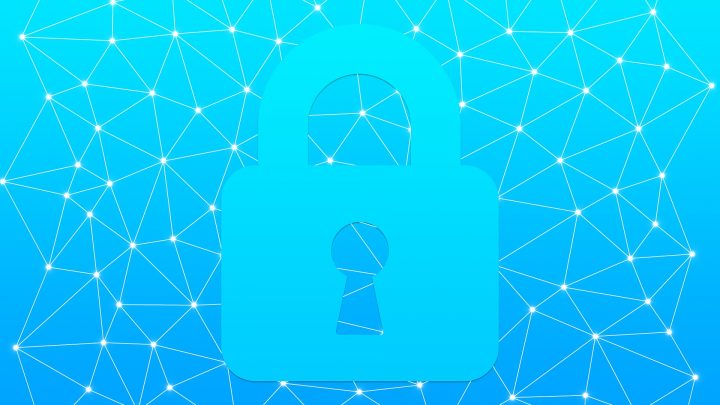July 28, 2010 | Jojo Maalouf
Blog Posts
Network Security protocols: IPsec vs. TLS/SSL vs. SSH Part II
In Part I, I provided some background information on the OSI layer, some of the protocols and on security. In Part II, I’ll be discussing the different network security protocols: IPsec, TLS/SSL and SSH.
July 21, 2010 | Jojo Maalouf
Network Security Protocols: Background Part I
As an IT security professional, one of the areas where I gained a significant amount of knowledge and experience in is network security. Working for a telecommunications company, it’s pretty much a given that if you are working in security, you are dealing with network security protocols such as IPsec, SSL/TLS and SSH. I started off primarily working with IPsec and eventually was exposed to TLS and finally, SSH. One of the real issues that I first encountered was differentiating between these network security protocols. It took me time to be able to understand and explain the following: “What is…
July 3, 2010 | Kim Edwards
AI Can Hear Your Password
The other day I came across a news story about a new application of AI. In an interview, academic researchers in Computer science and Cybersecurity explained how they trained an AI model to guess passwords based on the sounds of keystrokes that your laptop makes. Honestly, my first thought was “Yeah right. That’s straight out…
To Click or Not To Click
From my previous post – Is your computer secure– I indicated that novice users should never click on links. In this post, I will help you identify bad links and give you tips on when to click on a link. When receiving a curious link, most users enter a split personality mode like Smeagol in Lord of the Rings. Your alter ego says click on it, while your heart says don’t. Unfortunately, sometimes the alter ego prevails, we click and we get infected or Phished. Let’s decompose a link so that you can make educated decisions on whether to click…
May 22, 2010 | Kim Edwards
AI Can Hear Your Password
The other day I came across a news story about a new application of AI. In an interview, academic researchers in Computer science and Cybersecurity explained how they trained an AI model to guess passwords based on the sounds of keystrokes that your laptop makes. Honestly, my first thought was “Yeah right. That’s straight out…
Is your computer secure?
Security is not an easy thing for the average consumer. The methods and procedures to ensure that you are not vulnerable to attacks are typically difficult and prone to configuration errors. With so many solutions out there, where does a consumer start? Since Windows dominates the consumer market, let’s focus on securing this beast. Let’s use the analogy of physically securing one’s house. If I lock the door with my super expensive medico lock, but I leave my basement window open, am I secure? So I then lock all my windows, great I am now secure … Wrong!! The thief…




